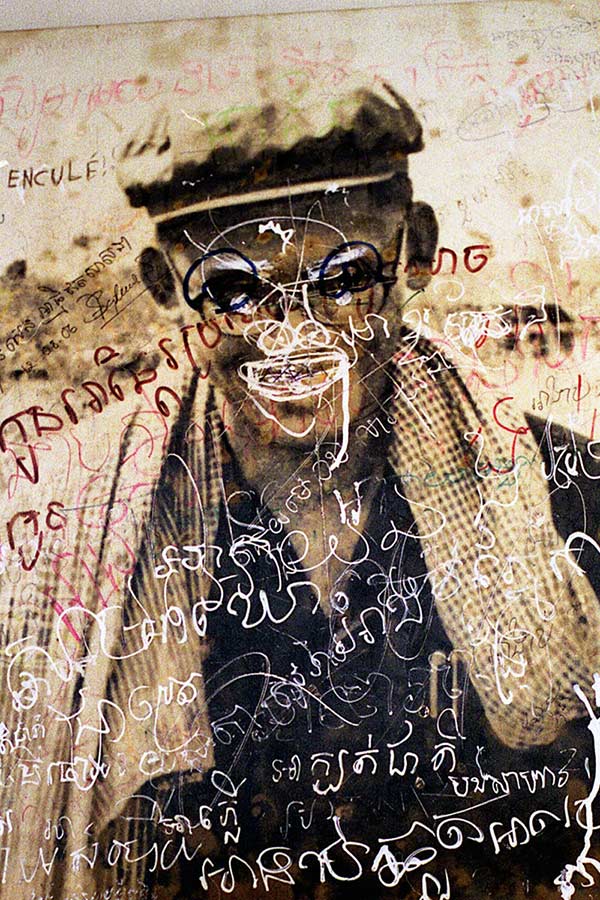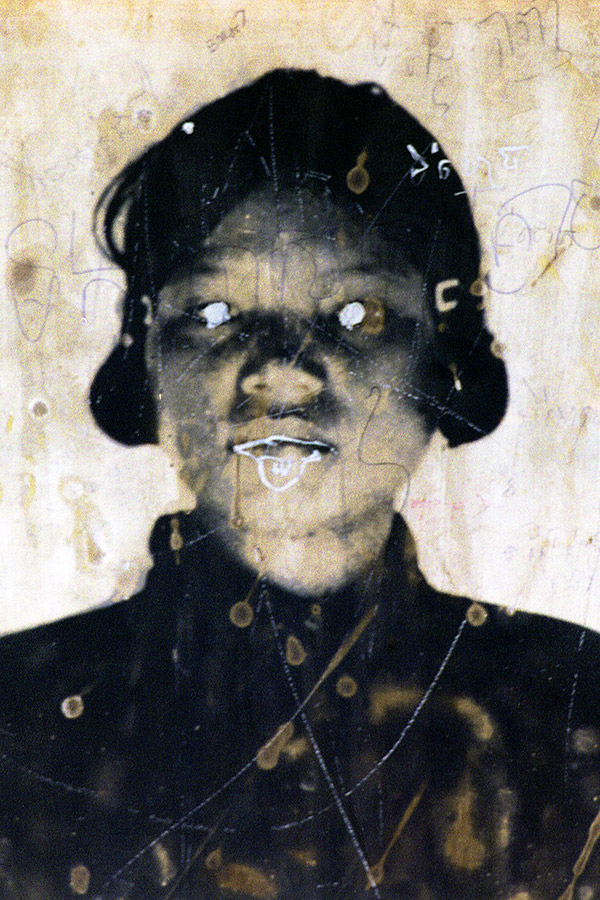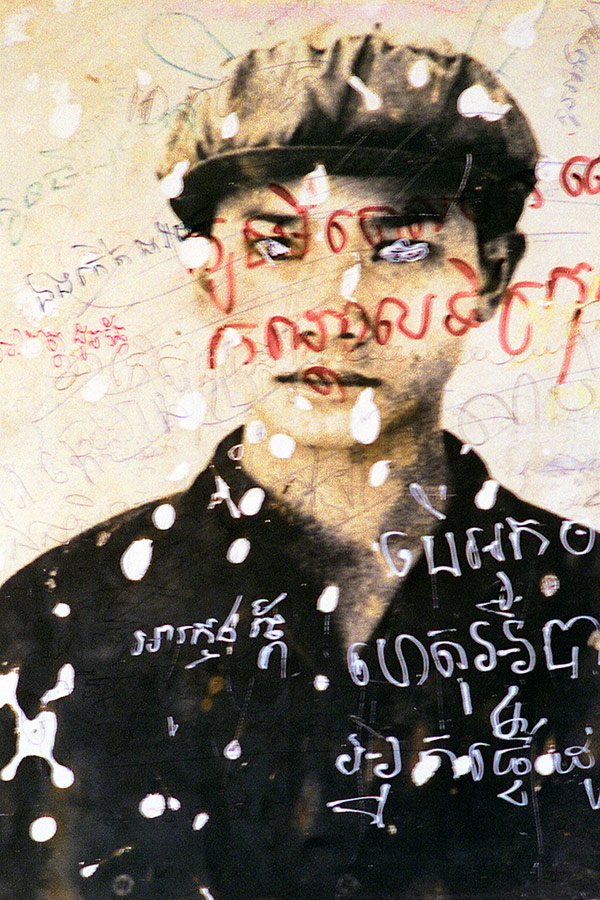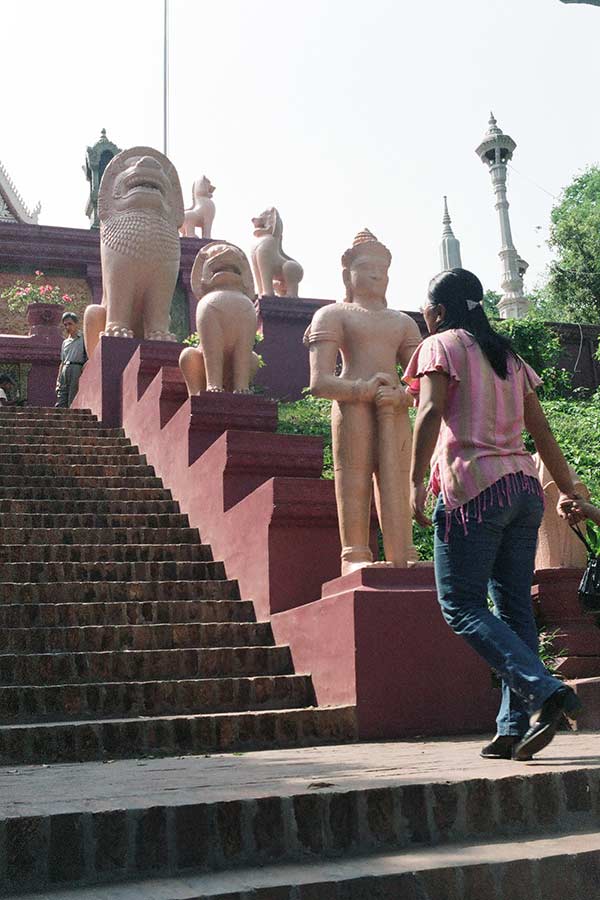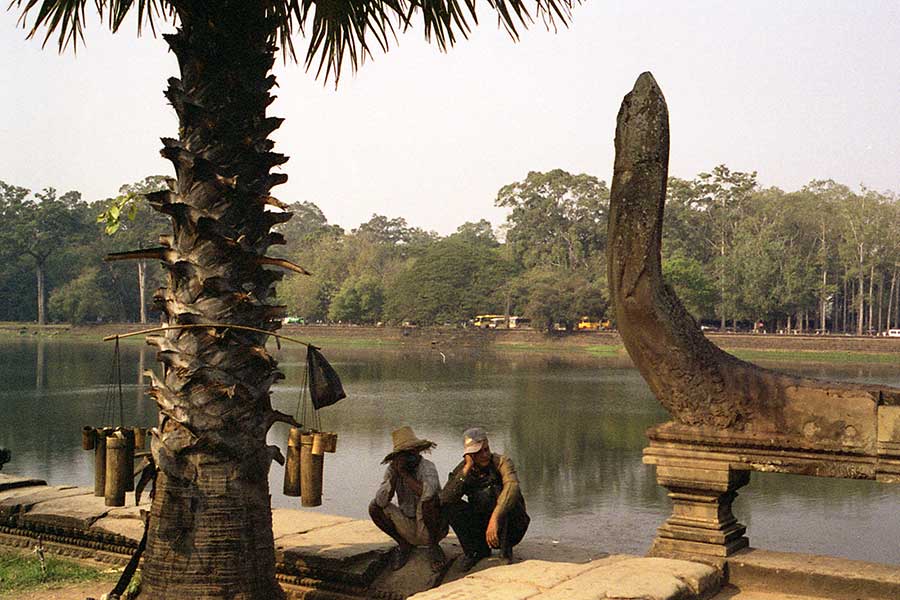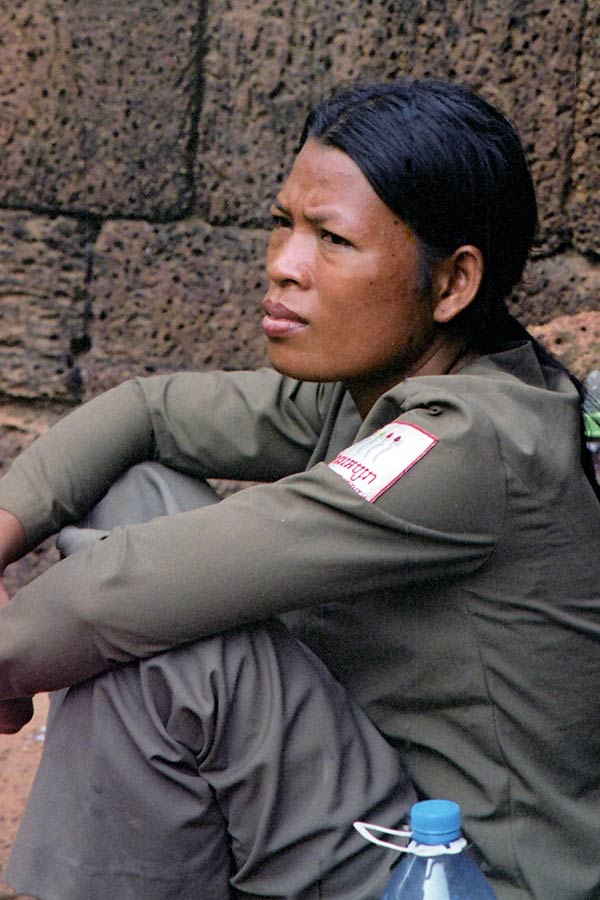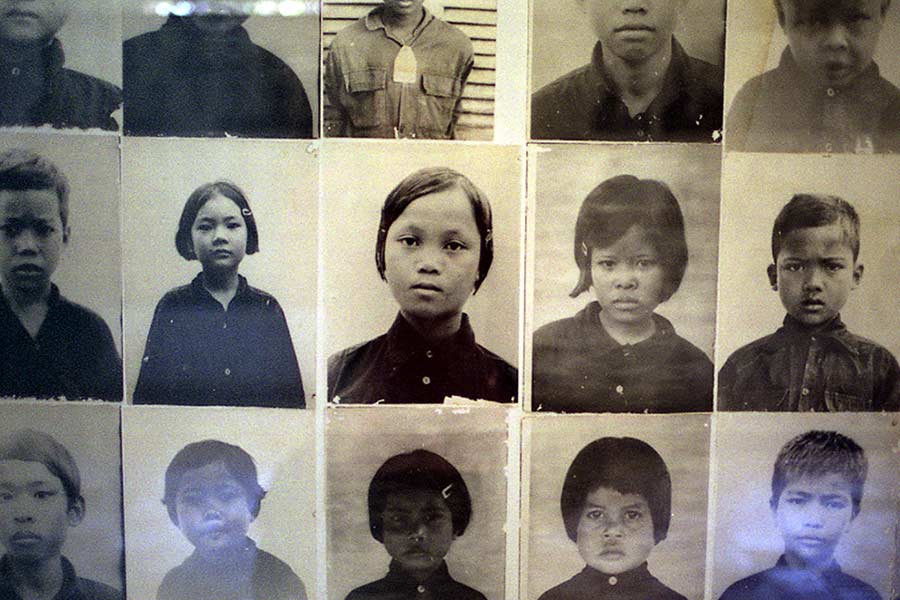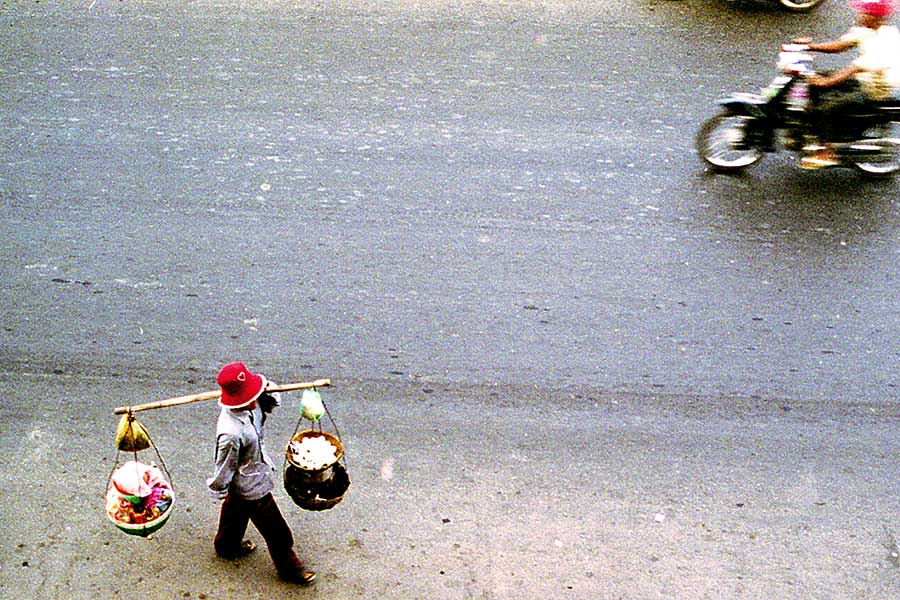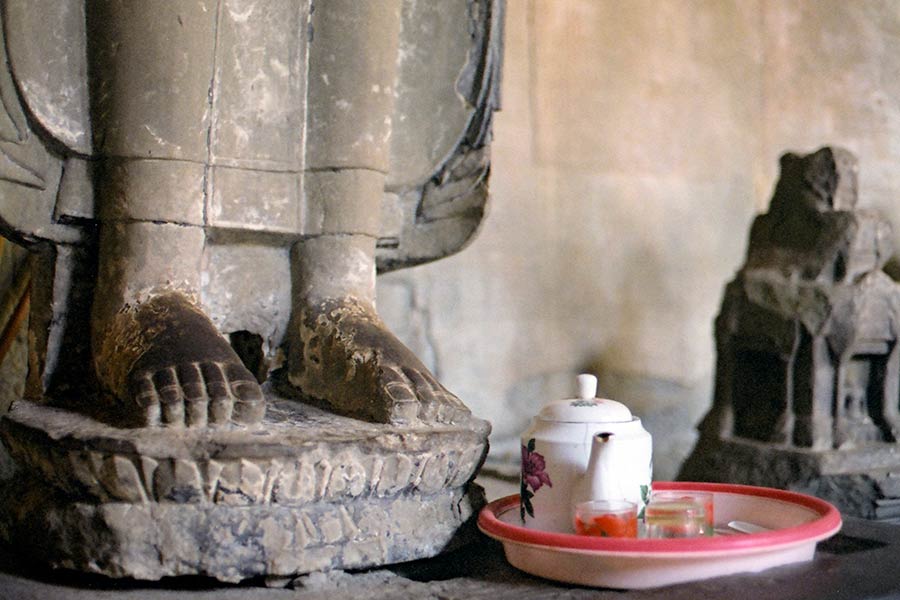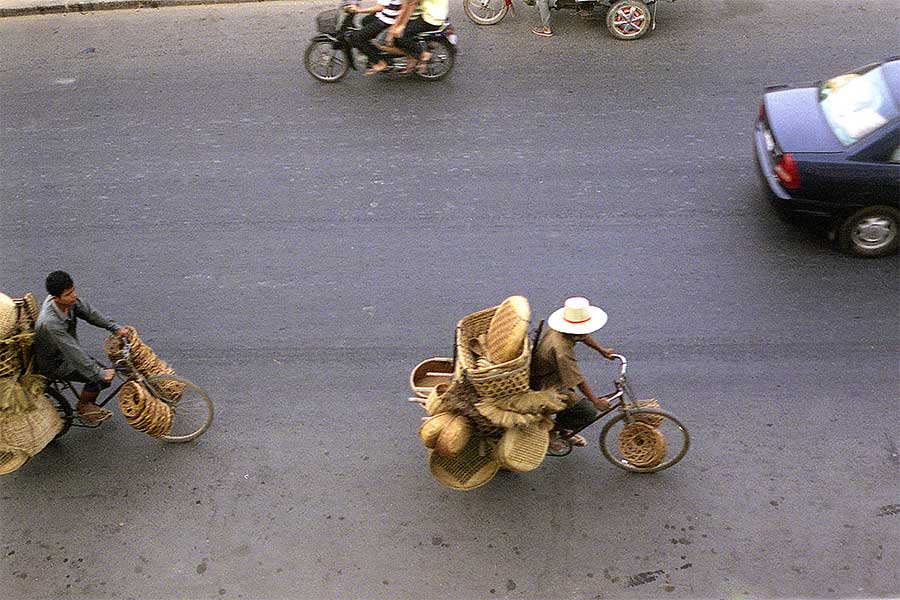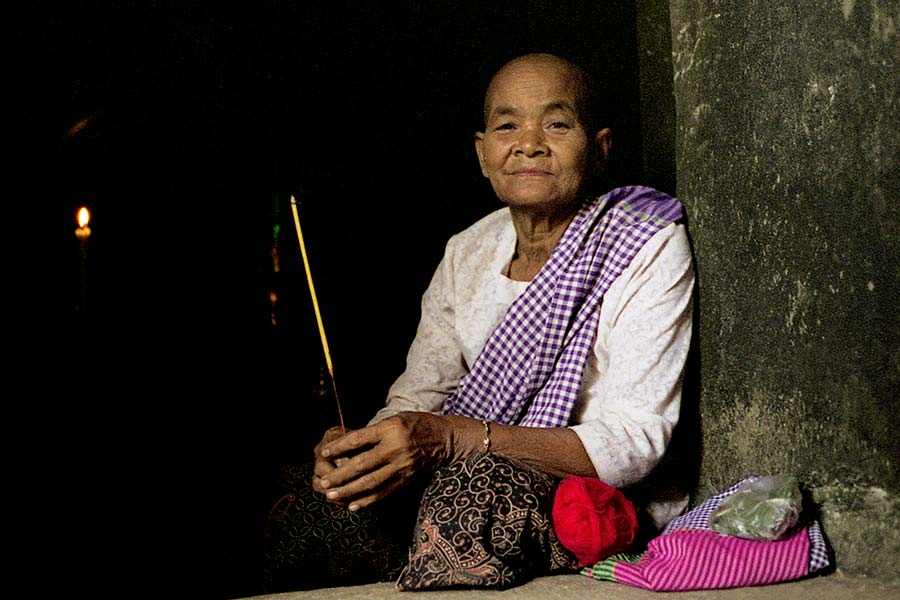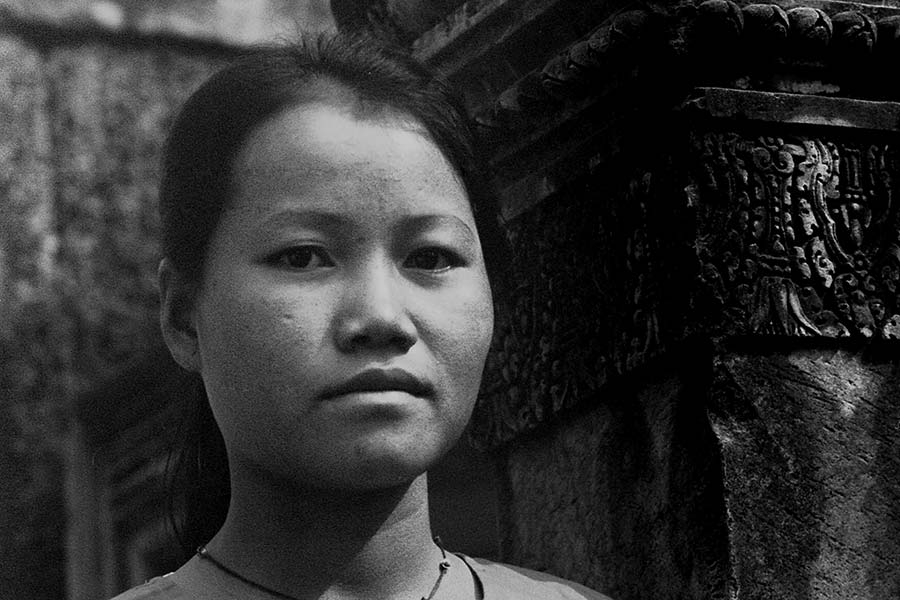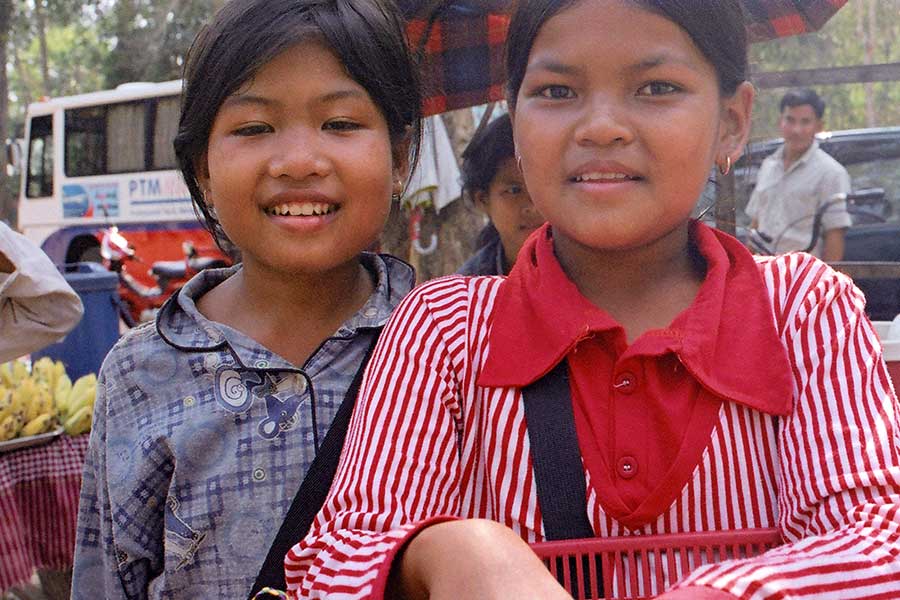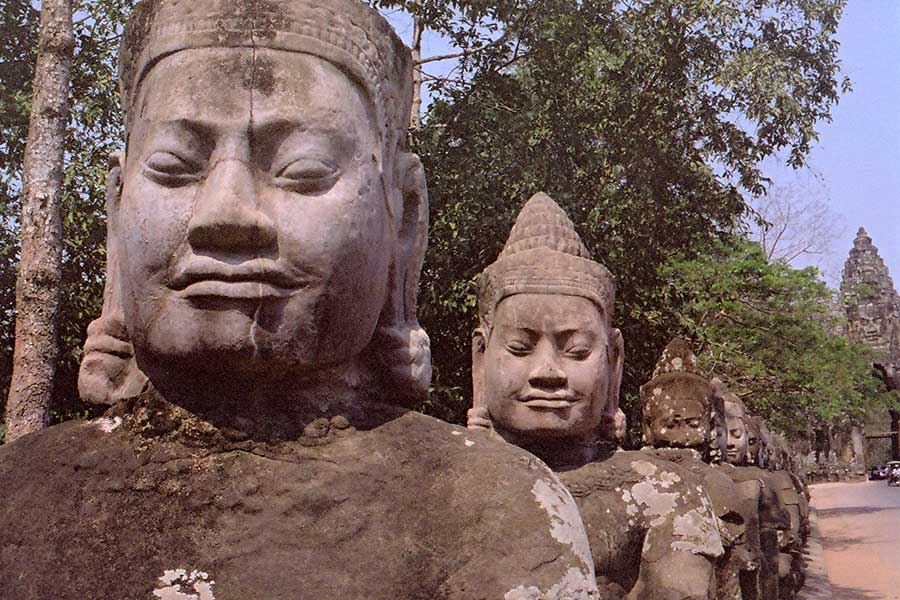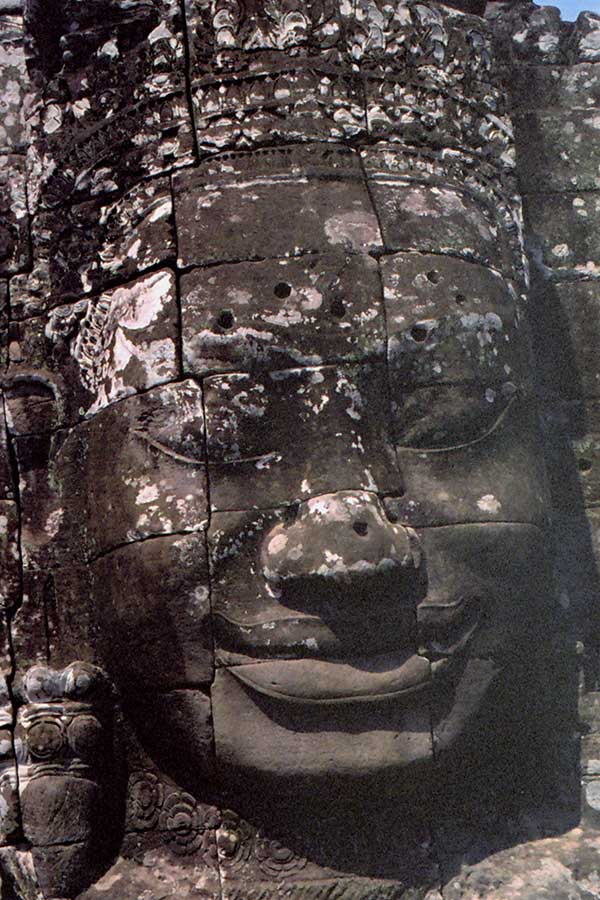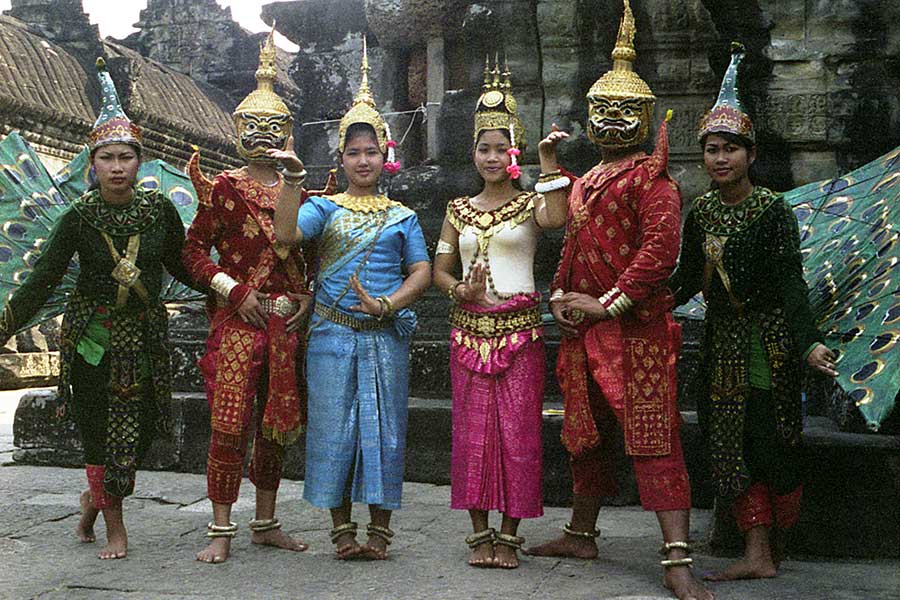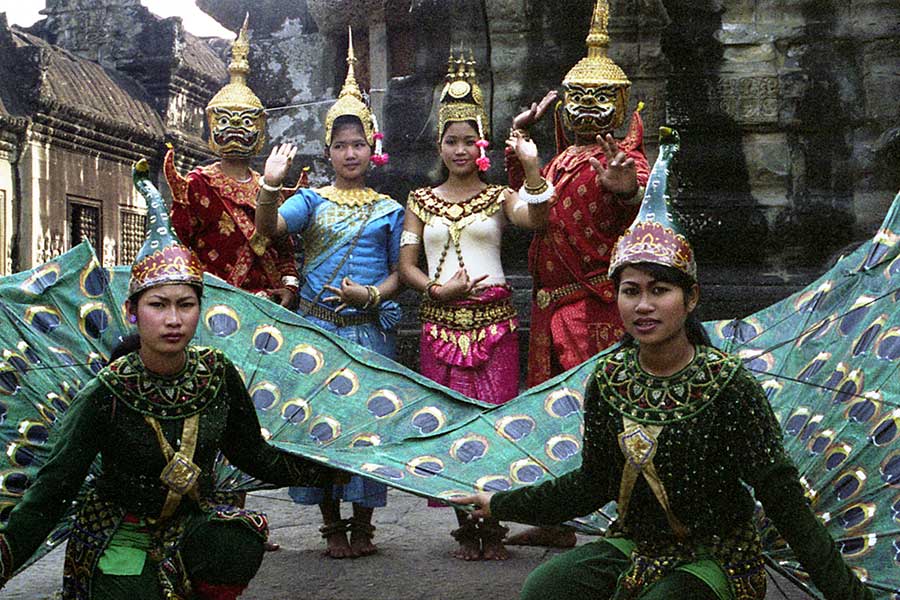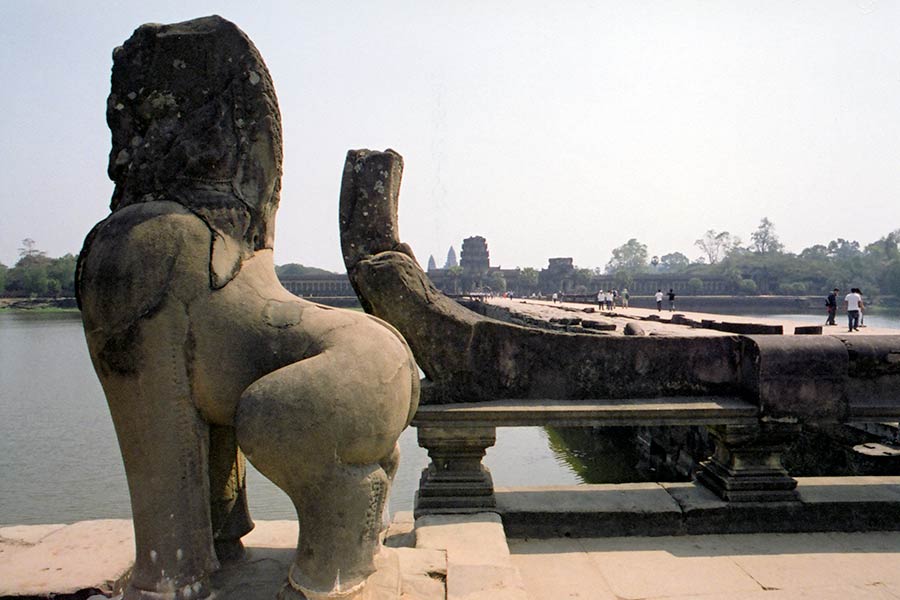Cambodia: From the Marvels of Angkor to the Horror of Toul Sleng
Cambodia was the second country I visited during my first trip to South East Asia. I entered the country from the Isaan region of Thailand. Isaan sees relatively few foreign visitors. I guess because of this, there were no onward buses to destinations further into the country after I crossed into Cambodia. The Thai people that had been on the bus from Surin with me were traveling to Cambodia to buy cheap goods for sale right on the border. The number of people crossing here that needed some public transportation to elsewhere was too small to warrant the presence of a bus station or even a bus stop. I hadn’t reckoned on that.
A Cambodian border guard told me that if I wanted to continue on right away I would have to take a taxi and he offered to call me one. And he did.
About 100 meters into Cambodia the asphalt surface came to an abrupt end and a very rutted dirt road began. The taxi driver had to go slowly as the car wallowed from side to side and up and down over the hillocks that were the road. Filthy shoe-less children with barely any clothes were playing in the fields. The houses – huts would be more accurate – were made of bamboo and straw and in a dilapidated state. One of these huts had been burnt to the ground. Thailand was the land of milk and honey compared to this. I certainly had not seen such depths of poverty there.
I was just north of the Cambodian city of Anlong Veng. It was in this region of Cambodia that the notorious Khmer Rouge was able to hold out up until 1998 when their murderous, despotic leader died near Anlong Veng. Some claim he was murdered by his own troops.
The Khmer Rouge regime had been pushed out of power by the Vietnamese army in 1979. However remnants of the Khmer Rouge had managed to establish refuges in remoter places in the countryside for many years after that. Actually to this day many former ranking Khmer Rouge officials continue to hold positions of power. Hun Sen the current prime minister is himself a former Khmer Rouge commander.
My destination was the town of Siem Reap, the jumping off point for visits to the exquisite ruins of Angkor which are amongst the grandest in the world. I had begun to wonder if it would take forever to get there on this appalling dirt track when we reached some more black top and were able to drive in a more speedy and less disorienting manner.
The drive the rest of the way to Siem Reap was uneventful. After I paid the driver I got a hotel room and settled in. The following day, and for the next two days after that, I visited the ruins.
I was not prepared for the vast numbers of tourists that Angkor attracts. The main temple complex, Angkor Wat was flooded with many thousands of camera toting visitors like me. The whole site of Angkor is huge and it is possible to get away from much of the crowd by going to see some of the less visited temples. There’s no shortage of them around the area.
Many of the visitors to Angkor only come to Cambodia to see it and nothing else. It’s easy to see why once you’re there. My head fills with superlatives to describe how magnificent the site is. I’ve seen my share of ancient ruins and Angkor ranks in the top few for impressiveness.
Some of the temples have not been fully excavated. In some places the jungle has grown over the ruins. One particular tree, called a kapok tree, has a trunk that sends out smaller offshoot trunks that form a twisted mass around the main trunk. In some places at Angkor portions of buildings – or in some cases, entire buildings – have been entangled in the multitude of kapok trunks. This lends a very surreal look to these sites, like something from the Hobbit.
After my 3 day ticket to Angkor was expired I bused to a town called Kompong Thom. There really is nothing of interest there. However, close by is a place called Phnom Suntuk, a hilltop Buddhist shrine peppered with all manner of brightly painted concrete statues of animals and Buddhas. The main draw is a large reclining Buddha carved into a rock face. It takes a climb of more than 800 steps to reach the hill top. I didn’t do it all in one go. I stopped and rested on the way. Even so, I was so sweaty when I reached the top I looked like I had been hosed down. This caused some bemused looks from the locals. They were accustomed to the blazing sun of Cambodia, unlike myself. I dried out quickly in the heat and I was thankful for that.
After my outing to Phnom Suntuk it was time for me to make my way to the biggest Phnom. By that I meant Phnom Pehn, the capitol, and by far largest, city in the land. For the most part there’s not much to see there. I checked out some of the sights but nothing really stood out. The so-called Russian Market was not terribly interesting. Having so recently been to Angkor, I took a pass on the Royal Palace. It would have looked bush league in comparison, or so I believed. Wat Phnom, the main Buddhist site in the city was okay but to be honest, after several weeks in South East Asia I was beginning to suffer from temple fatigue.
On my last full day in Phom Pehm I paid a visit to the Toul Sleng prison museum. This was a former high school that the Khmer Rouge turned into a prison to house people they considered spies or traitors. Most of the people detained here were members of the Khmer Rouge that had fallen under suspicion for sedition. Prisoners of the Khmer Rouge would be tortured until they named co-conspirators. The torture wouldn’t stop until these names were provided. Naturally it was common for victims of these tortures to name anyone they could think of just to stop being tortured. Once a person was named in this manner, they were as good as guilty in the eyes of the Khmer Rouge. These suspects would in turn be tortured to name others as traitors.
Inside the building were closet-size cells that were hastily assembled to house the prisoners. Still in place were the steel brackets on the floor where the prisoner would be chained. A metal ammunition box served as a toilet.
Once a prisoner named names and signed a confession they would be slated for killing at a site outside the city. Dozens of prisoners were driven there in the backs of trucks to be dispatched in groups. Execution usually was carried out by a shovel blow to the back of the head or neck and the corpses were dumped in mass graves, the famous killing fields.
The Khmer Rouge were meticulous record keepers. Each prisoner brought to Toul Sleng was catalogued with a number and was photographed. As the Vietnamese army approached Phom Pehn in 1979 officials in Toul Sleng attempted to destroy these records. They succeeded in destroying many files and prisoner photos but large numbers were still intact when the Vietnamese entered the prison. Now there are hundreds of black and white photos of former Toul Sleng prisoners on display on the site. The faces in these photos display a whole gamut of emotions from defiance to abject terror. Many appear too calm to understand the graveness of their situation. It was haunting to look into the faces of people who faced such agonizing tortures and ended up with such an unnecessary and undignified death. Most chilling of all were the photos of small children who were taken prisoner at Toul Sleng. Judging from the expressions on their faces they had no inkling of what they were about to endure. Such was the depth of paranoia of the Khmer Rouge that they could believe that small children could be working undercover for the C.I.A.
Estimates of the number of people imprisoned at Toul Sleng range from 12,000 to 20,000. Only a small handful survived. These were ones with skills the prison officials valued and put to use. One was a mechanic who could work on the trucks used to transport prisoners.The photographer who took the prisoners pictures was himself a prisoner and was a survivor. Another was a painter named Vann Nath who was put to work painting propaganda paintings. After the prison was turned into a museum Vann Nath painted scenes of the hellish things he had witnessed. These paintings are on display at Toul Sleng and they are blood-curdling.
I was disturbed to see Vann Nath’s paintings and the decrepit little brick cages the prisoners were confined to. The display of real human skulls didn’t perk me up either. But the photos of the prisoners faces really haunted me. Those photos had so much power over me. I thought about those faces for days afterwards. I had planned to visit one of the killing fields after seeing Toul Sleng but I was too shaken up by what I saw there so I passed on the idea.
While I didn’t get much out of most of the sites of Phom Pehm, the Toul Sleng prison museum was an incredibly gripping place to see. Even though it put me in a depressed state for a while it made me understand the horror of what happened in Cambodia under the Khmer Rouge in a visceral way that no book or documentary film could have.
The owner of my hotel had arranged to get me a visa for Viet Nam. The next day I headed to the Vietnamese frontier.
